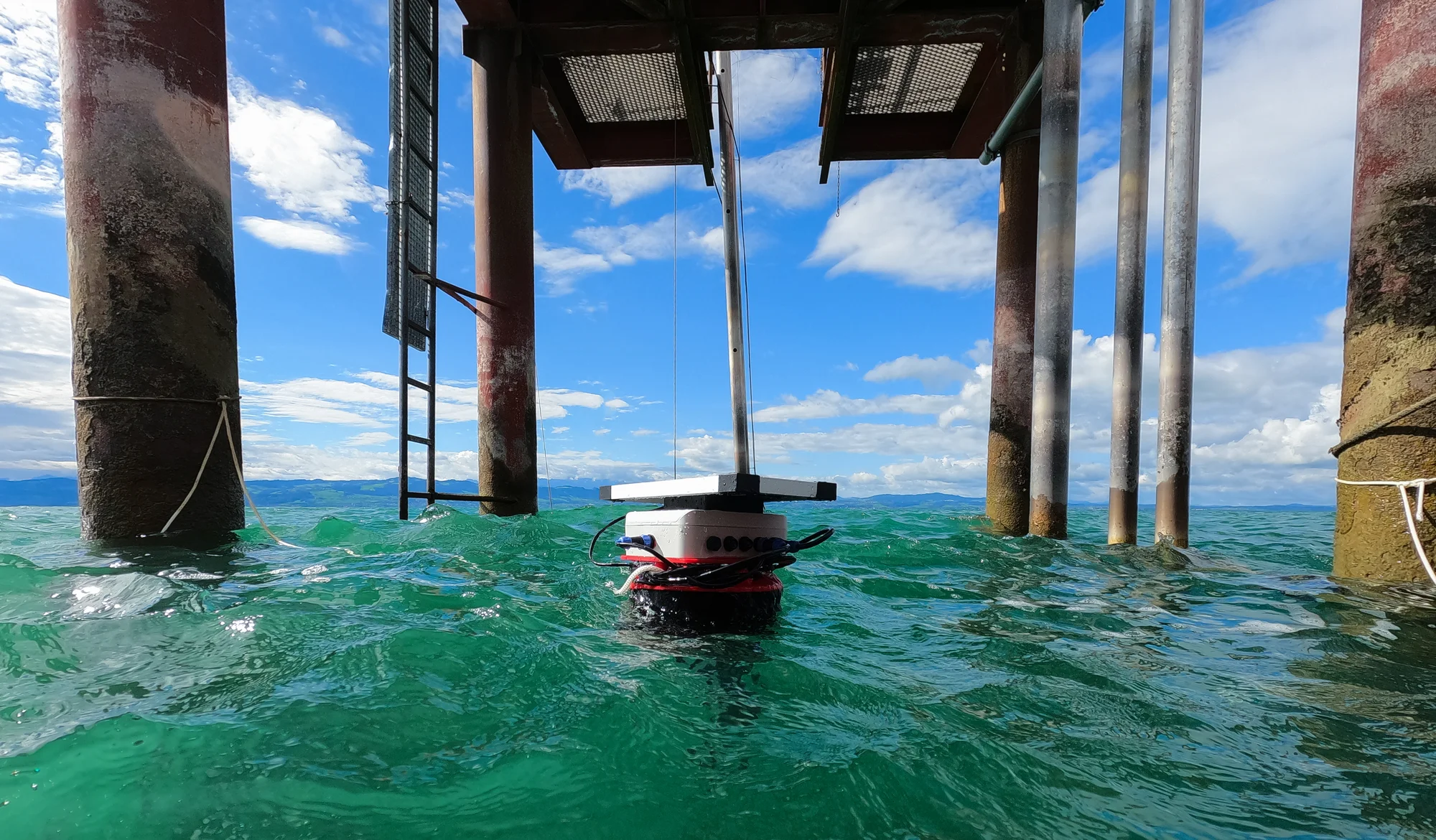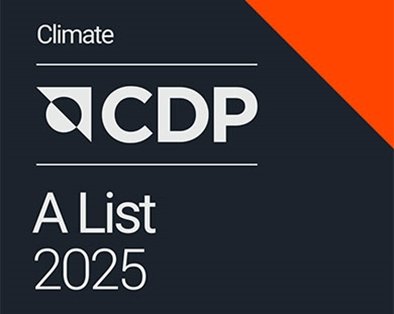The world around us is changing.
Water levels and temperatures are rising and our environment is becoming increasingly unpredictable.
Using technology, we’re able to monitor that change and react accordingly – warning citizens about things like earthquakes, volcanic eruptions and wildfires, before they happen. The more notice we can give, the more we can protect people, plants and wildlife from what could be devastating, or even life-threatening, events.
Day-to-day, there are smaller changes we can monitor too, to help us try and counteract the biodiversity challenges being brought about by climate change.
Safeguarding our freshwater lakes
In Germany, we recently launched a smart buoy to monitor the water quality at Lake Constance.
As the third largest freshwater lake in Europe, it covers three countries – Germany, Switzerland and Austria – and is of outstanding importance to the various animals and plant species that call it home and use it as a place to drink water.
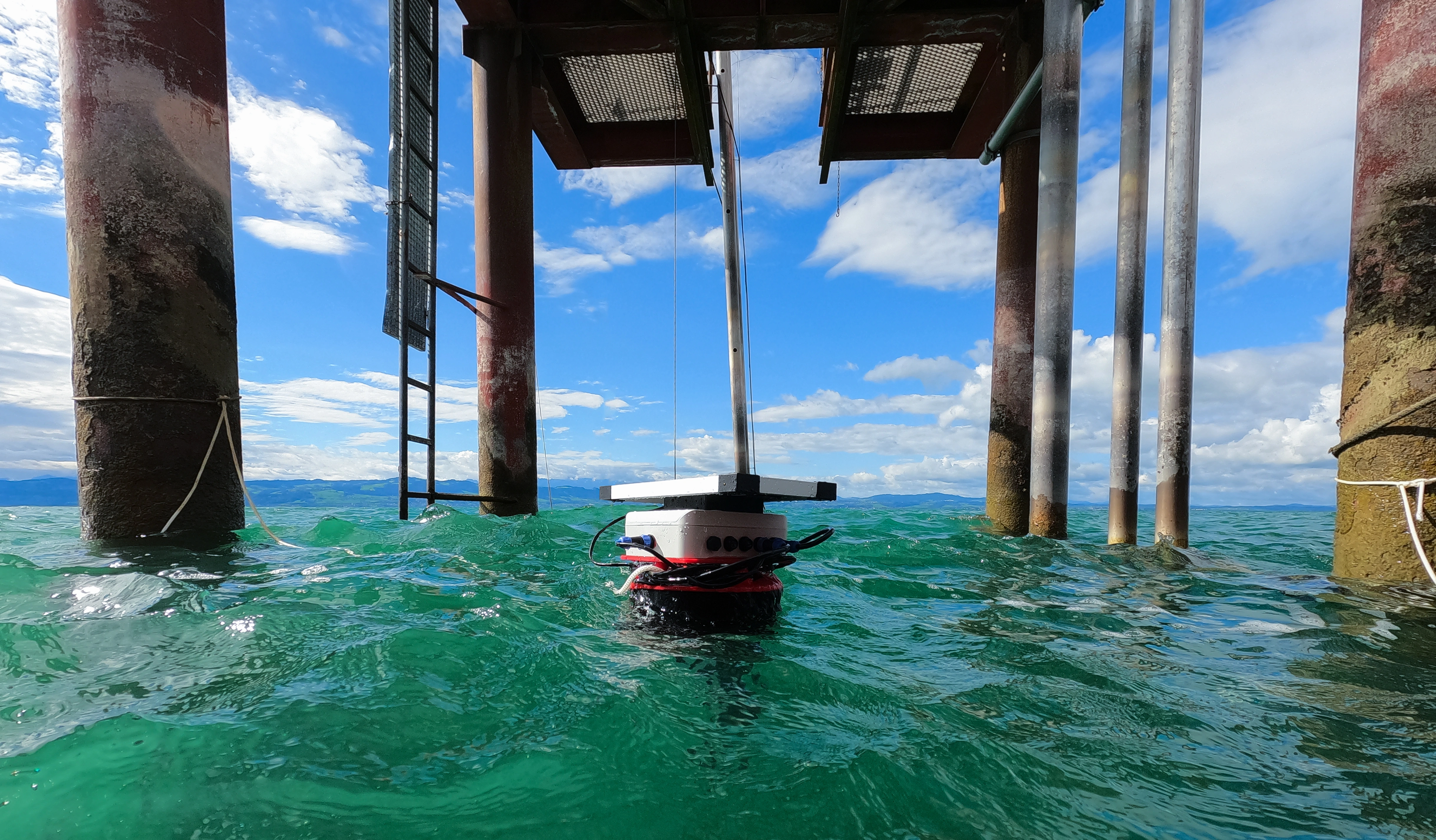
Using the Internet of Things (IoT) technology, we’re able to monitor the water’s temperate, pH levels, conductivity, redox potential, dissolved oxygen and clarity.
The results are recorded and transmitted via cellular technology, and then visualised in a dashboard. Sharing hourly measurements, it’s possible to detect sudden change in the state of a body of water early on, so that preventive measures can be taken in good time in the event of a disaster.
Currently, these kind of evaluations of lakes involve samples being collected manually and then transported to a laboratory for testing. Not only is this time-consuming, but samples are only carried out a few times a year meaning that it could be too late to take preventative action.
The 'IoT HydroSense' also benefits from being small and, therefore, non-intrusive. It can be produced cost-effectively with a 3D printer and thanks to a solar module, it has a self-sufficient energy supply.
Running on Narrowband IoT connectivity, it will work for a long period of time (over 5 years) and uses minimal power consumption.
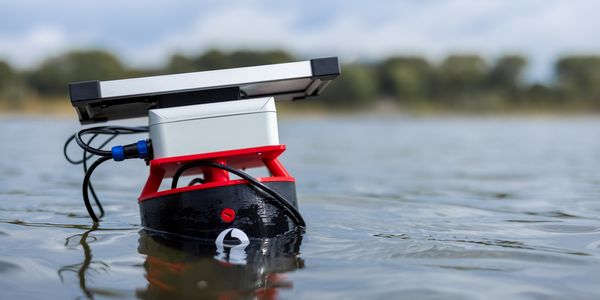
Some of the changes we’re seeing in lakes that effect wildlife and plants include poor water quality as pollutants become more concentrated and heavy rain churns up silt and clay, eroding the lake floor.
Toxic blue-green algae may also become more common, making both humans and animals sick and stopping lake recreational activities.
The more we can do to diminish these effects or reverse them, the better for its inhabitants and the planet-at-large.
Sea-ing what’s happening in our oceans
Earlier this year, in the UK, we worked with Plymouth City Council, Plymouth Marine Laboratory and Nokia to launch the world’s first marine-focused 5G testbed.
Installing a 5G mobile private network (MPN) in Plymouth Sound, a bustling bay forming part of the country’s historic south-western seaboard, Smart Sound Plymouth hopes to work towards carbon neutrality and a sustainable marine future.
The high-speed connectivity means Smart Sound’s autonomous fleet can now communicate the unprecedented levels of ocean data they are able to capture in near real-time.
This includes state-of-the-art data buoys and solar run robotic vessels with environmental and chemical sensors that deliver invaluable data to scientists about the marine ecosystem. The vessels can also communicate with other sub robots about the location and movement of ships and boats in the area.
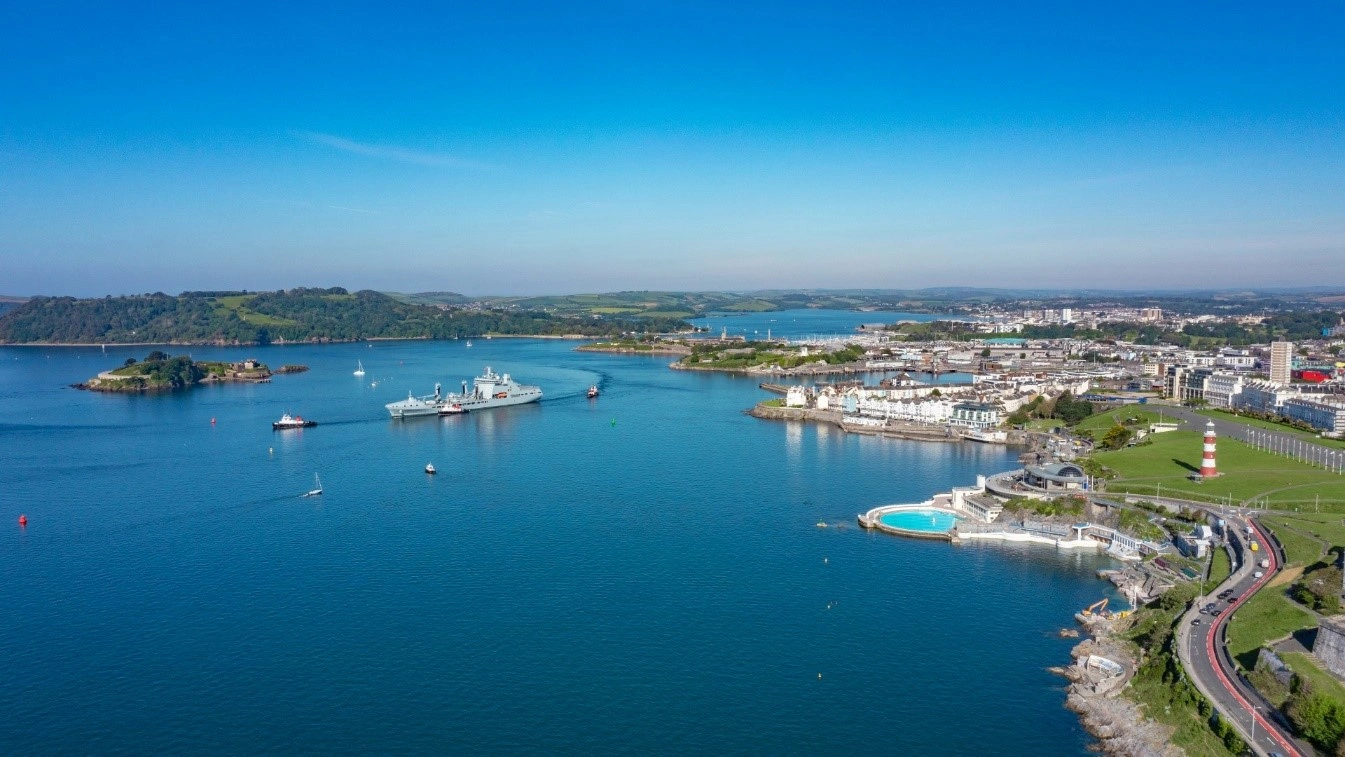
Free for local and international businesses to use to create and develop more marine use cases, some of the pilots being trialled include a ‘digital twin’ environment for testing, proving and assuring marine autonomy scenarios by using live data from Smart Sound.
An international collaborative programme to develop specific digital standards and measurements for such vessels, and the Bounty Project which sees live cameras and data sensors mounted on a sailing vessel provide live streaming from voyages around Plymouth Sound to be used publicly and in schools and colleges.
Through these projects, we will support further advances in high-tech marine innovation while also informing world-leading scientific research.
Creating a sustainable future
The issue of climate change has become much more urgent in recent years and we believe technology is a crucial part of the response plan.
Digitalisation is key to saving energy, using natural resources more efficiently and creating a circular economy.
Using our expertise and scale as a global business, we can help drive positive change and are working with organisations, governments and local authorities around the world to create a more sustainable future.
Learn more about how we’re addressing our own impact on the planet, but also how we’re helping our customers do the same.






















